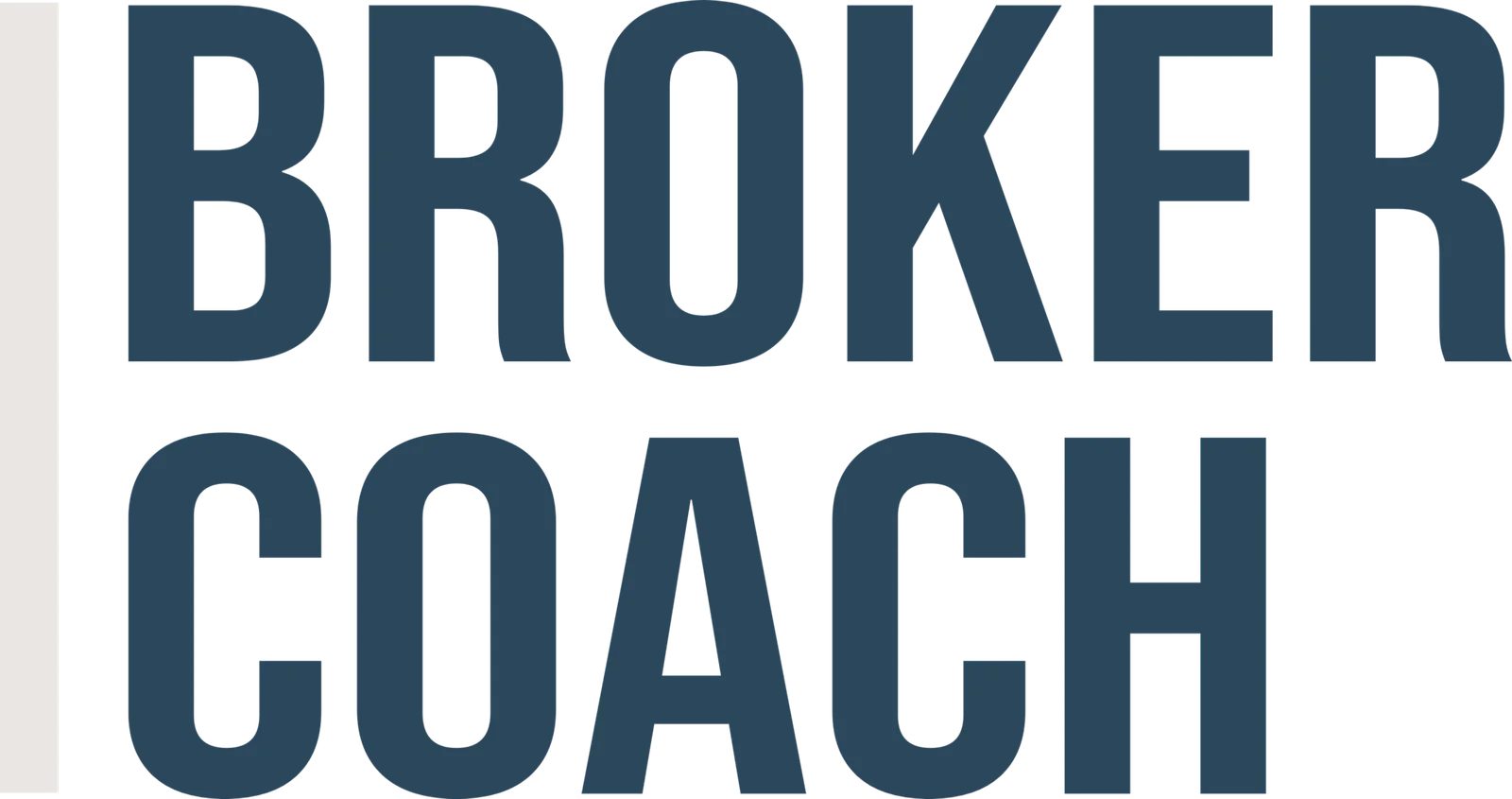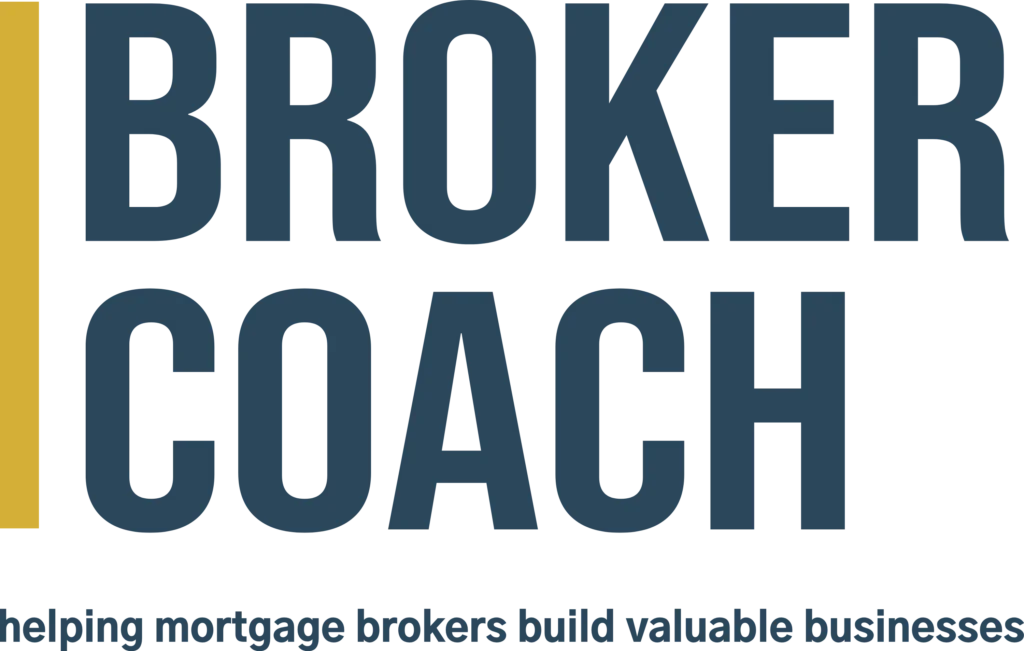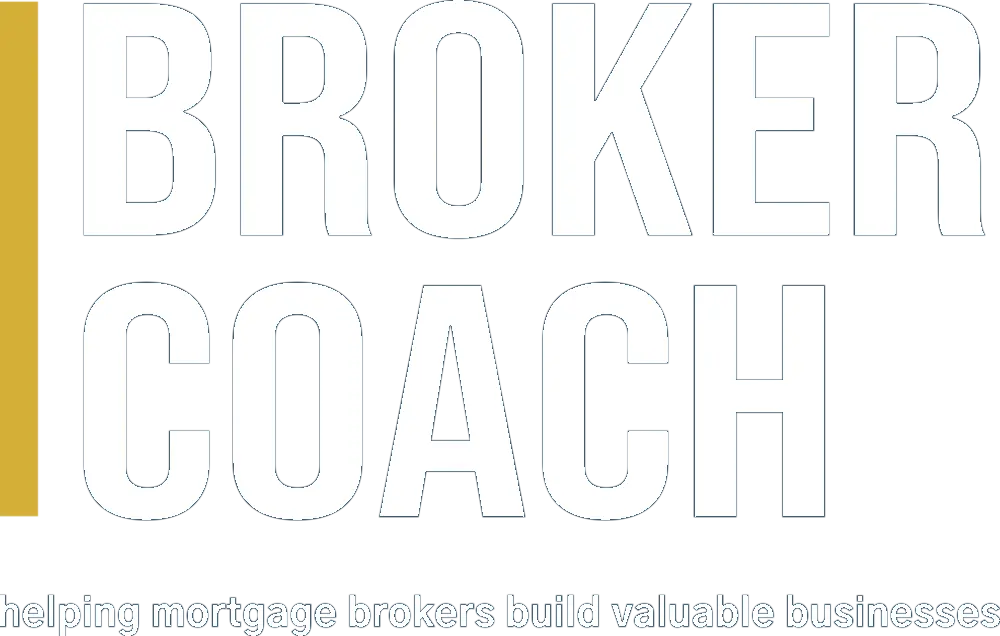There’s this pressure floating around that we need a perfect backend before we bring people in. But if you’ve written any real volume — and I mean $4M, $6M, $8M a month — you already know that waiting for perfect just delays progress. At $2M/month, we can white-knuckle it. Manual trackers, templates, memory. That’ll get us by. But once things heat up? That’s when the gaps in our process start to hurt — clients feel it, our team feels it, and we feel it most.
What we need isn’t perfect systems. We need living systems — ones that evolve as we do. And that starts by building them with structure, not by “winging it better.”
Here’s the three-step strategy I’ve used to do that in a way that actually works in the real world.
A good mortgage broker coach will often remind us that systems don’t need to be perfect from day one — they just need to evolve as the brokerage grows.
Step 1: Map the Workflow — See the Gaps, Own the Wins, Assign the Work
Before we start documenting or automating anything, we need to visually map out the entire process — from the moment a lead lands to the day the deal settles (and even after that if we’re doing post-settlement nurture). I do this with a whiteboard or digital flow tool — nothing fancy.
What we’re trying to find are three things:
- Pain points — the spots where files stall, communication breaks, or time gets sucked into a black hole
- Hero points — the steps that consistently work and deliver results
- Responsible parties — the exact person who should own each step, end to end
This is where most brokers go wrong — we think we’ve delegated something when really, we’ve just handed off the task. If it comes back to us without being done properly, it wasn’t delegated. It was delayed.
Mapping the workflow helps us assign true ownership — not just “help.”
Step 2: Document Each Step with Deliverables and Owners
Once we’ve mapped it visually, the next step is to write it down — properly. That doesn’t mean a 40-page manual. It means breaking each part of the process into:
- The step name
- What’s expected to be completed
- What “done properly” looks like
- Who’s responsible
For example:
Step: File Prep for Submission
Deliverable: Supporting docs uploaded and named correctly, servicing calc complete, lender selection confirmed
Responsible Party: Submissions Officer
This kind of clarity does two things. First, it helps new team members get up to speed faster. Second, it gives us something to point to when things slip — no confusion, just a clear gap to fix.
Most importantly, it makes delegation real. No grey zones. No assumptions.
Step 3: Embed Tasks into the CRM — So Things Actually Get Done
Now that each step is mapped and documented, we bake it into our CRM or workflow tool. Every task in the system has:
- The responsible party pre-assigned
- The due date relative to the workflow stage
- A clear description of the deliverable
That way, as the file moves from one phase to the next, the system drives the process — not us jumping into email or Slack saying “Hey, can you do this?”
The CRM becomes the machine. And we get to step back and stay front-end focused — getting on the leads, structuring deals, driving growth.
A Living System, Not a One-Off Project
We don’t build this once and lock it in. As our business evolves — more team, new tech, different clients — the system has to evolve too. We make it part of the rhythm: every few months, we review the map, review the deliverables, and update the CRM flow based on what’s actually happening.
That’s how we move from sticky notes to structure. From being in every file to owning the business, not just the broking.
Final Thought
The goal isn’t perfection. The goal is clarity, ownership, and flow. If every step in the process is clearly owned, clearly understood, and tracked by the system — we’ve built something that can grow without grinding us down.
That’s what lets us move from writing $2M/month solo… to $8M/month with a lean team… to a business that one day becomes a real, tradable asset.
And it all starts with a marker, a whiteboard, and the question: who actually owns this step?
Progress. Not perfection. Every time.


